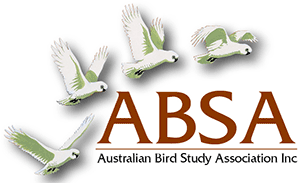Sexual size dimorphism and geographic variation in body size in a group-living, insectivorous passerine: Hall’s Babbler Pomatostomus halli
| Posted: |
25/03/2021 |
| Author(s): |
|
Sexual size dimorphism in birds is widely used by ornithologists to identify the sex of individuals using linear
discriminant analysis of morphological measurements. The feasibility of using this approach for the sexually
monochromatic Hall’s Babbler Pomatostomus halli using 154 genetically-sexed individuals from a single population was
investigated. In addition, geographic variation in size was examined using morphological measurements of museum
specimens because this can reduce the accuracy of discriminant equations when applied to additional populations.
Hall’s Babbler exhibited clear sexual size dimorphism with males being 2–7 per cent larger than females in culmen,
head-bill, wing, tail and tarsus lengths and body mass. The best performing discriminant equation, which used wing and
head-bill lengths, correctly identifi ed the sex of 88 per cent of individuals. Geographic variation in body size of Hall’s
Babbler was not evident for any morphological trait; therefore, the accuracy of discriminant equations may be similar
across populations. Like two of its congeners, sexual size dimorphism was proportionally greatest in culmen length.
Such disproportionate dimorphism may be adaptive in reducing intersexual overlap in resource use, since babblers
rely heavily on their bill to probe substrates. However, data on intersexual foraging differences in babblers are currently
lacking to test this hypothesis.
>> Download Abstract |
File Size: 185KB
>> Download Complete PDF | File Size: 494
